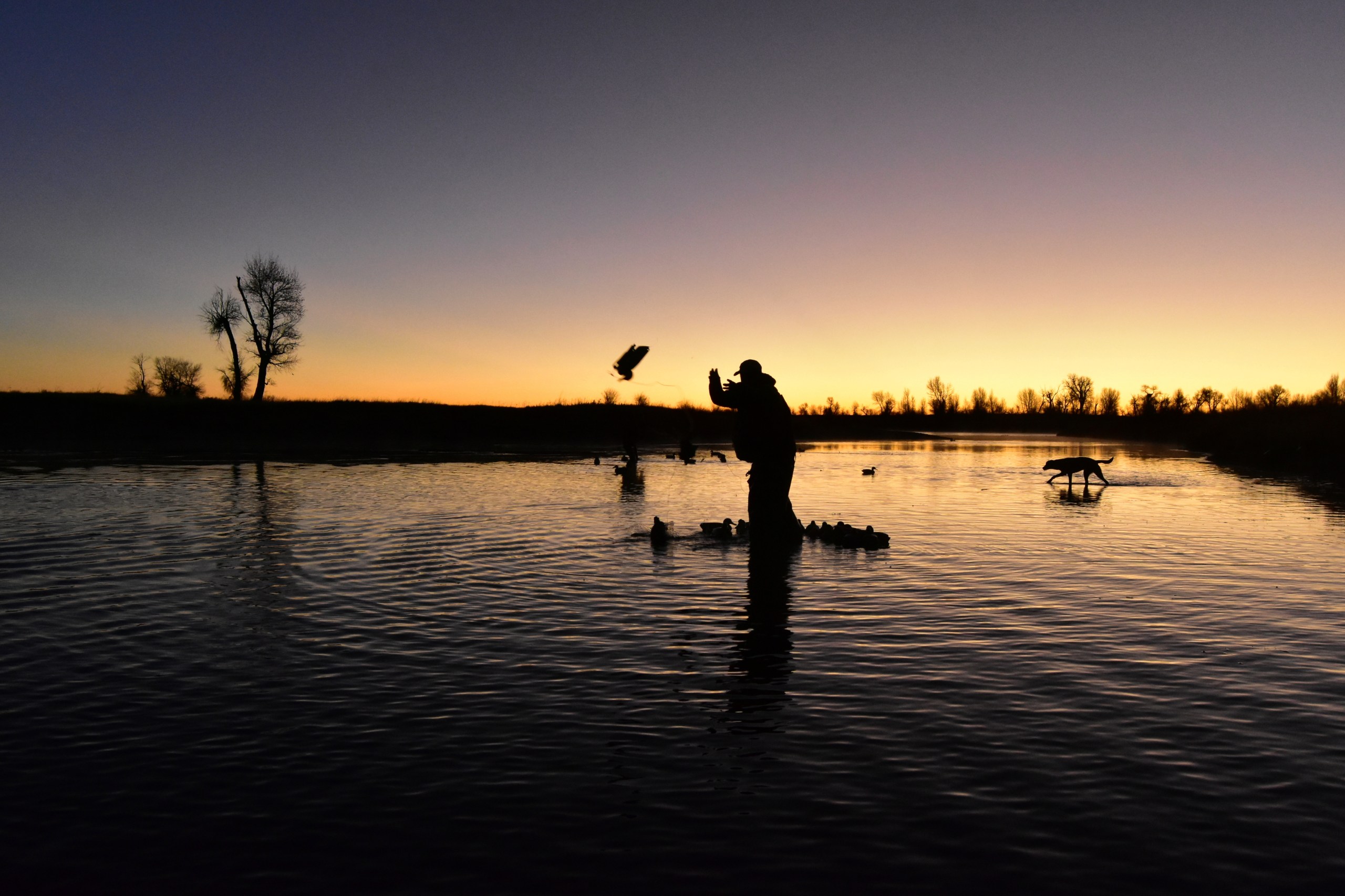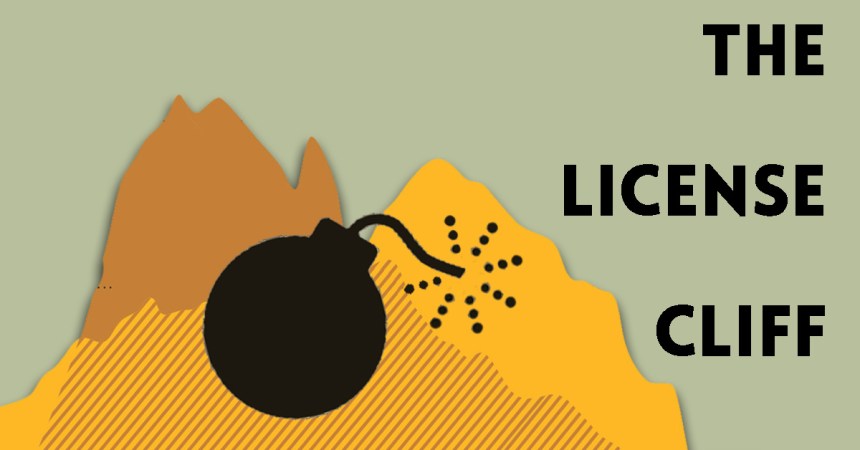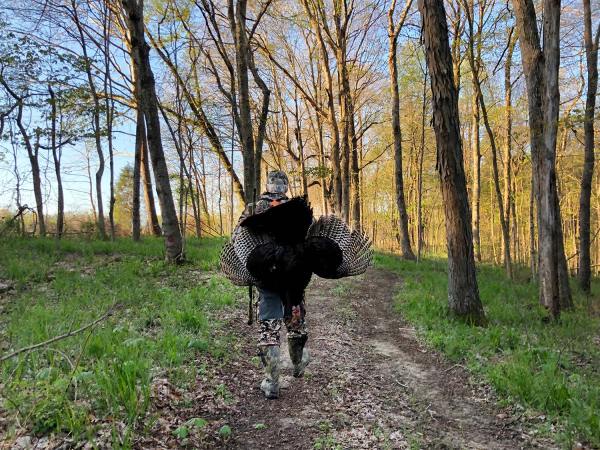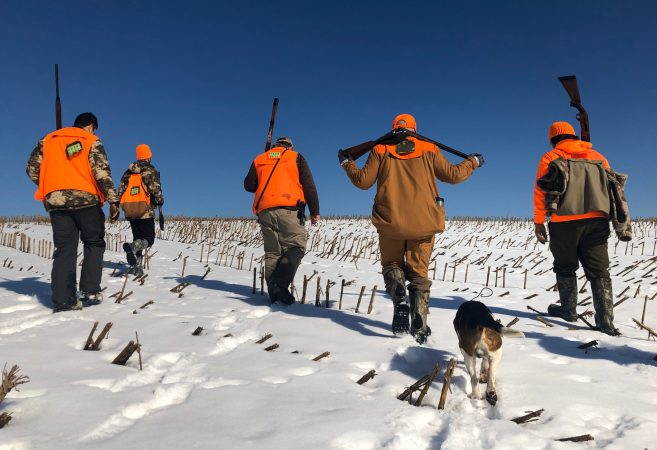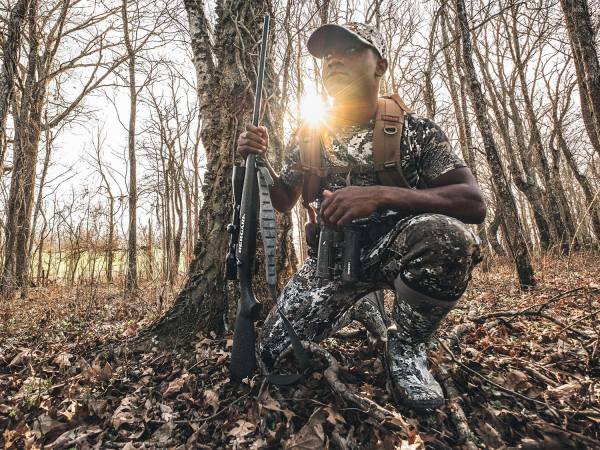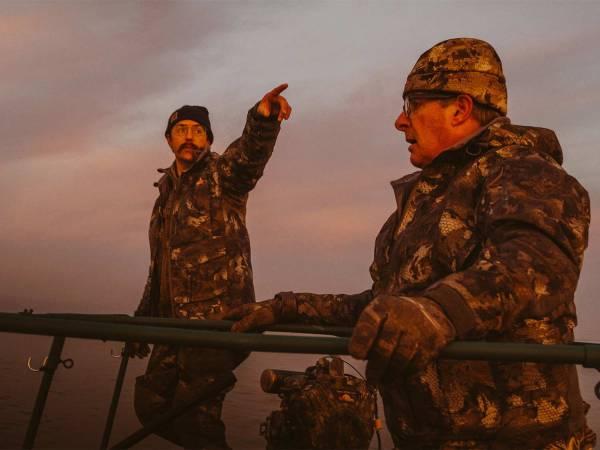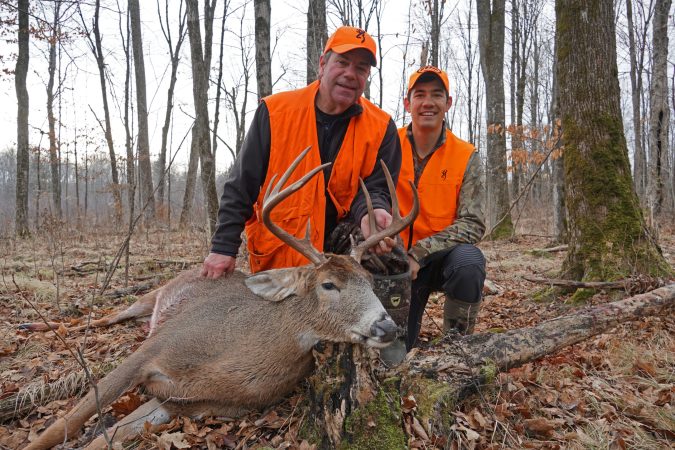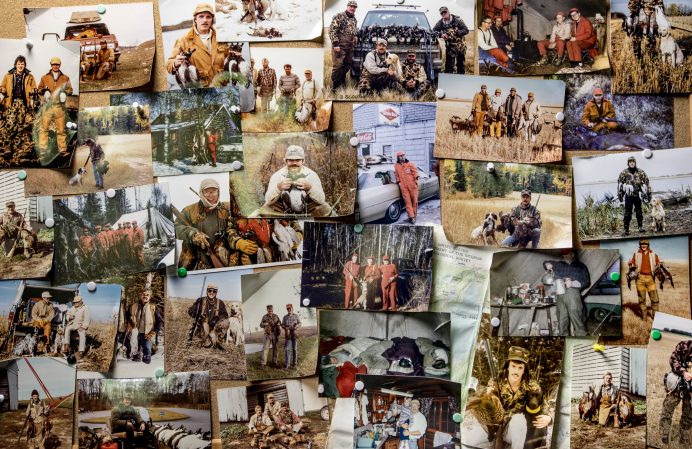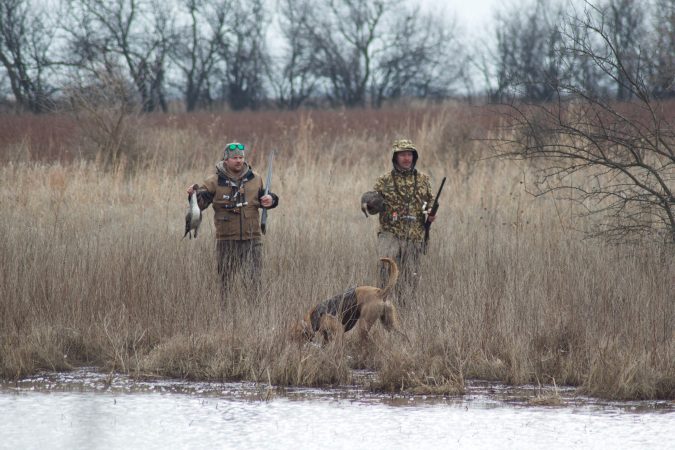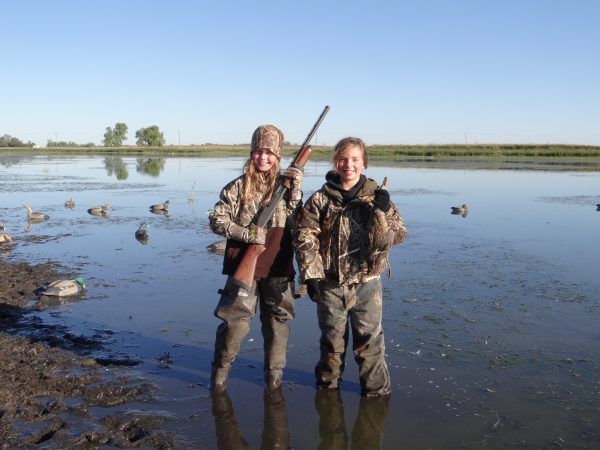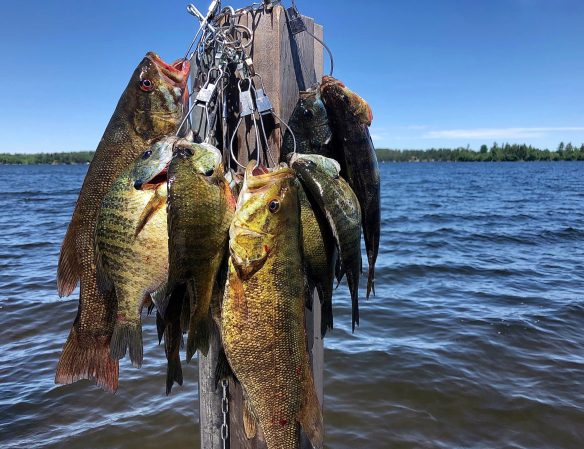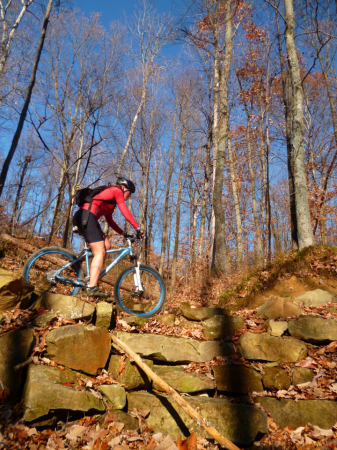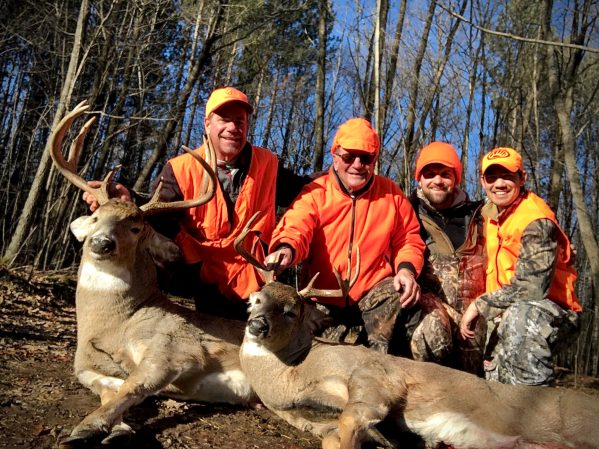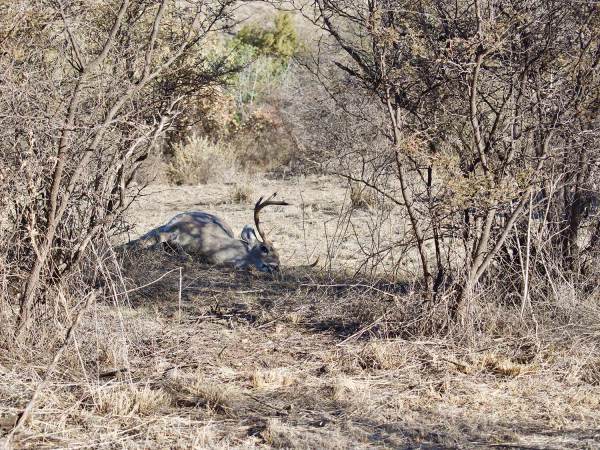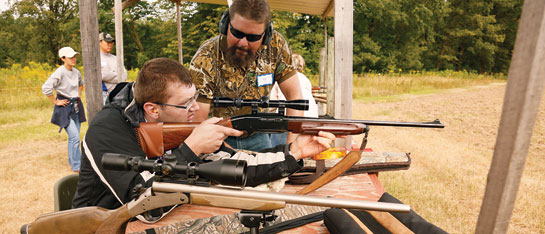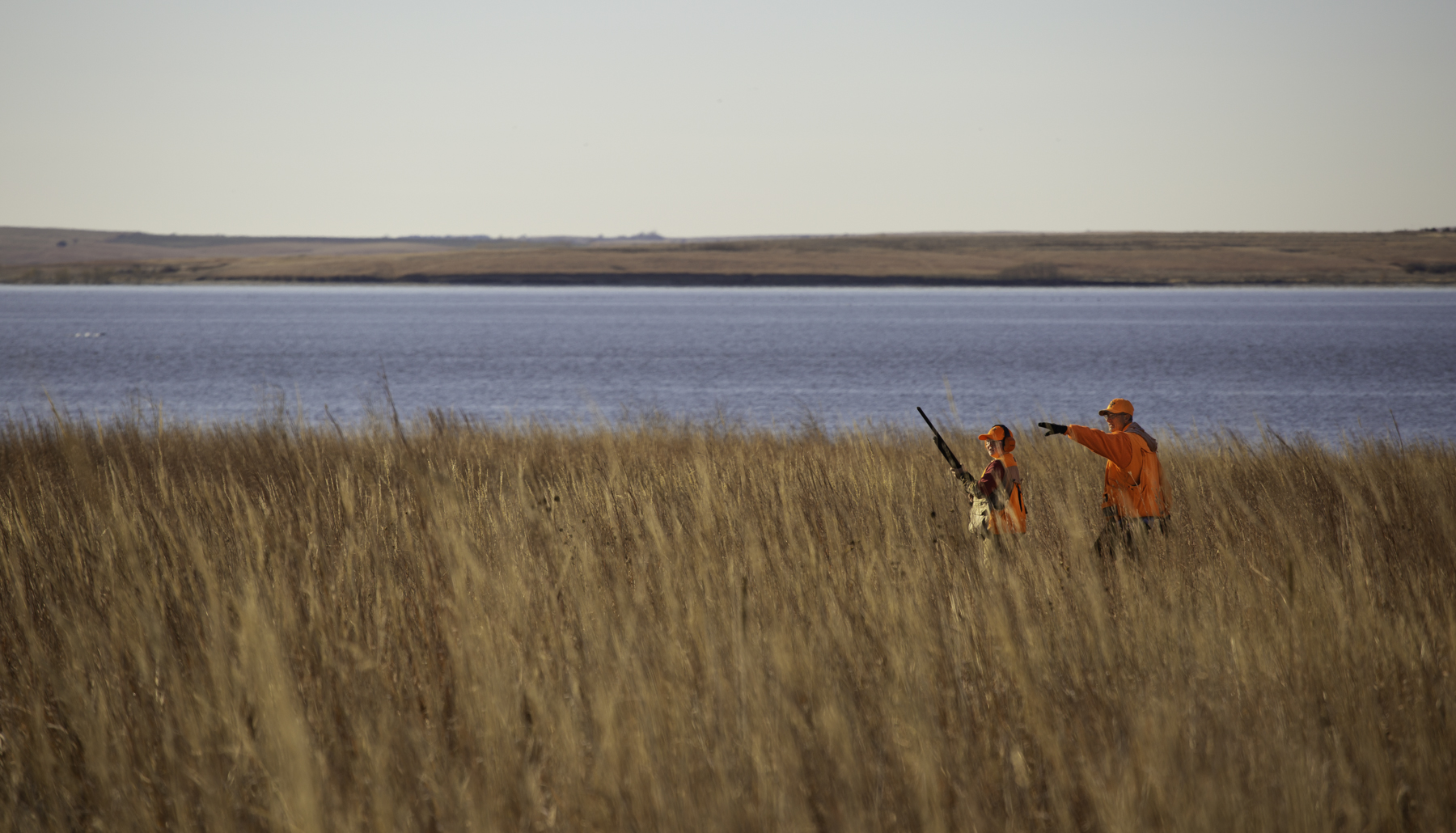
Did COVID-19 send more hunters into the field last year than any previous season? Or was the pandemic spike more like a bump? Are recent efforts to recruit younger, more diverse hunters working?
It turns out, we don’t know the answer to any of those questions, and might not know for years. That’s because the mechanism used to tally license sales in any given state, let alone on a national basis, is clunky, inefficient, and complicated by agencies’ reluctance to share their customers’ information or buying habits.
The result is that journalists like me use whatever data we can find to report on hunting-participation trends. We often turn to the U.S. Fish & Wildlife Service’s annual census of National Hunting License Data. But it turns out that even those austere federal numbers aren’t particularly reliable.
“Even though the USFWS reports show ‘Calculation Year 2020 and Calculation Year 2019,’ they are in fact using sales data from 2018 and 2017,” says Jim Curcuruto, a consultant to the outdoor and conservation industry. “I bet less than 10 percent of people know those are 2-year-old data.”
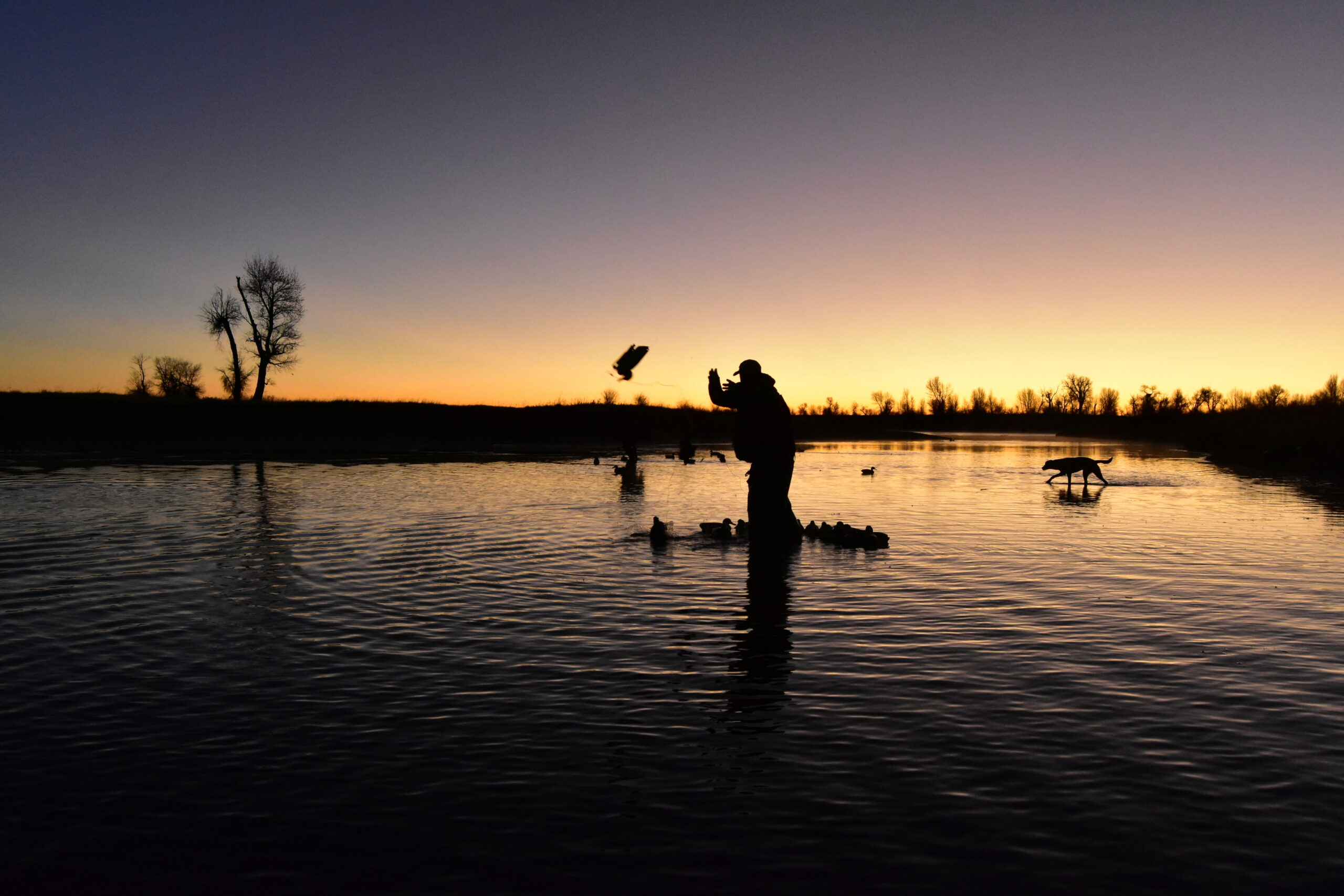
License-sales numbers are further confused by the crazy quilt of license types that each state sells. For instance, Pennsylvania sells a lifetime license, but the hunter who buys it is counted as a participant only in the year of purchase, even though they’re probably going afield for many years afterward. And if a fishing license comes with a bonus hunting license, the sportsman or woman who bought it is often not counted in the national census.
The result is that stories relying on this information for their conclusions, like our own series on declining hunter numbers, could miss the mark because primary-source data is misleading. That’s also evident in a more recent piece from GearJunkie that used old data.
Because license-sales reporting is so vexing, even folks who make their living by connecting hunters with opportunity can’t for sure tell you what trends are in real time. Are we losing hunters? Gaining hunters? Doing a good job of replacing the aging hunters leaving the field? It turns out, we don’t really know. And that knowledge gap affects everything from our understanding about how to recruit new hunters to the appetite of businesses to invest in new hunting products, and even the utility of the decades-old formula used to distribute federal taxes on firearms and ammunition.
Organizing Hunter Data
One way to resolve the information gap and shorten or even eliminate the time lag is to build a data-aggregation system to funnel each states’ sales reports into a centralized hub. A fully functional system could tell users how many spring turkey licenses were sold in a state or nationally. But it could also provide details about sales in a given county, and the age, gender, and ethnicity of a buyer, and whether this is their first or 40th season.
But that data aggregation effort is frustrated by one of the foundational tenants of wildlife management in America. Each state has both the mandate and the latitude to manage in their own way, according to their own customs, traditions, and direction from commissions and legislatures. That’s one reason hunting licensing is so complicated, and why it differs so wildly from state to state.
If there’s one thing data managers hate, it’s incoherent data, and hunting licenses are notoriously incoherent. One state’s base hunting license, for instance, might include an upland bird license and a deer tag, but in a neighboring state, hunters have to purchase all those licenses separately. How do you determine how many licensed hunters a state has when any individual hunter might hold a dozen different licenses, or when a lifetime license holder might not make a purchase in any given year?
Yes, those are complications to data reporting, says Dr. Steven Leath. But they’re all resolvable.
Leath is the executive director of the Council to Advance Hunting and the Shooting Sports, a non-governmental group that provides technical assistance to agencies in their hunter education and hunter recruitment efforts. Leath came to CAHSS from a career in academia, which for all its focus on qualitative learning, relies heavily on quantitative metrics.
“One of the limitations to our knowledge about trends related to hunting in America is non-sexy,” says Leath. “It’s technological. When I was running big organizations, I expected and generally had robust data dashboards. In the university system, if I wanted to know the latest enrollment numbers, I pushed a button and a dashboard would populate a spreadsheet on my computer. I could then use that real-time data to inform my decisions. I’m frankly surprised the hunting world does not have that sort of robust dashboard.”
Plenty of folks are working toward that very product.
Just this week, Missouri’s Department of Conservation unveiled the first state-specific dashboard that gives administrators real-time information on license-sales trends. The information can then be used to better serve the agency’s customers, Missouri’s hunters and anglers, says Chris Willard, who devised the idea of a license dashboard a decade ago.
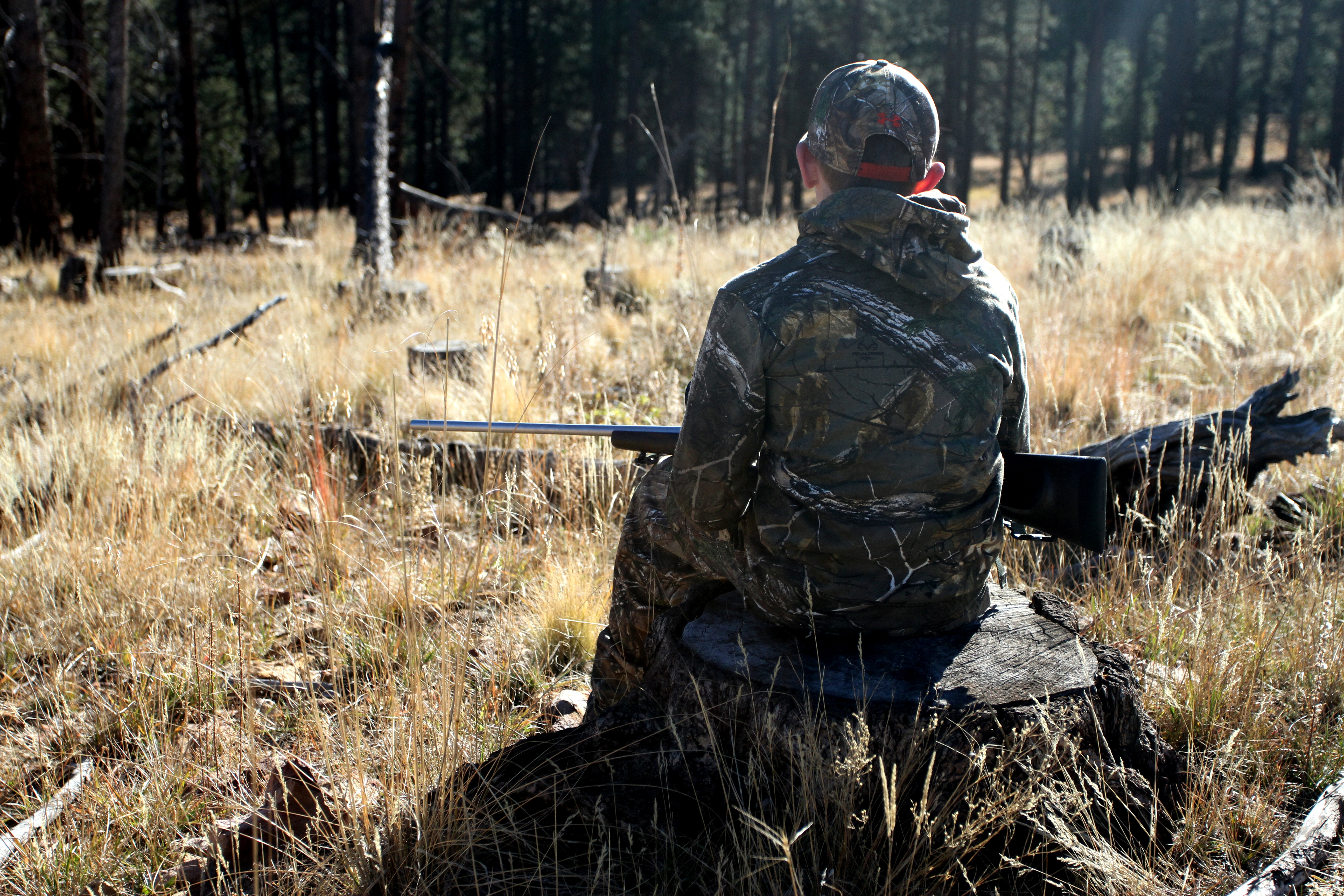
Oregon’s Example
Willard, who now works for Sovereign Sportsman Solutions, an e-commerce firm that specializes in designing licensing solutions for state wildlife agencies including Missouri, previously served as hunting recruitment chief for Oregon’s Department of Fish and Wildlife. In that role, he recognized the value of a tool that tracked fishing license trends.
“If you are an angler in Oregon, then your activity in any given year is closely tied to the strength of anadromous fish runs that year” says Willard. In years when salmon and steelhead runs are weak, fishing license sales tank. “We recognized a need to be able to contact our fishing license holders and promote trout and warm-water fishing opportunities in those off years.”
Early versions of Willard’s licensing data dashboard included monthly and annual looks at Oregon’s fishing-license revenue, number of unique anglers, gender, age, and residency. But the tool also revealed first-time license buyers and identified lapsed anglers, or folks who went a year or two between buying a fishing license.
“All that information gave us an idea of who our customer is, but also how to talk to them,” says Willard. Because most license transactions require the buyer to submit an email or phone number, the agency is able to communicate with this “customer,” in the case of Oregon’s lapsed anglers, to remind them to purchase a fishing license and to suggest good places to fish. If that sounds like the agency is marketing its core product—fishing and hunting opportunity—then you’re right.
“Ten years ago, the idea that agencies might have a marketing department would have been considered absurd,” says Willard. “But the one big revelation of the last few years is that agencies are managing for people—for their customers—as much or more than they’re managing for wildlife.”
Willard says a fully functioning dashboard is like a car’s dashboard; it can only report external data. It’s what states can do with that information that is the real goal. They can remind hunters to renew licenses, or they can alert hunters of CWD in a certain hunting district. They can alert hunters in a certain county of a new access property, or invite them to a public meeting or a conservation banquet.
“We’re getting there,” says Curcuruto. “Right now, if someone asked me how many turkey hunters there are in America, and what’s the trend in regional growth, or for the tendencies of a certain demographic group, I’d have no way to answer that question. But in a few years, we’ll have all 50 states reporting data, and it will be broken out by state and region and demographics. We’ll be able to see where the growth areas are for small game hunting, upland, deer, waterfowl, and which age and gender groups are most active. This is the potential. Most other industries have this data, but we don’t. Yet.”
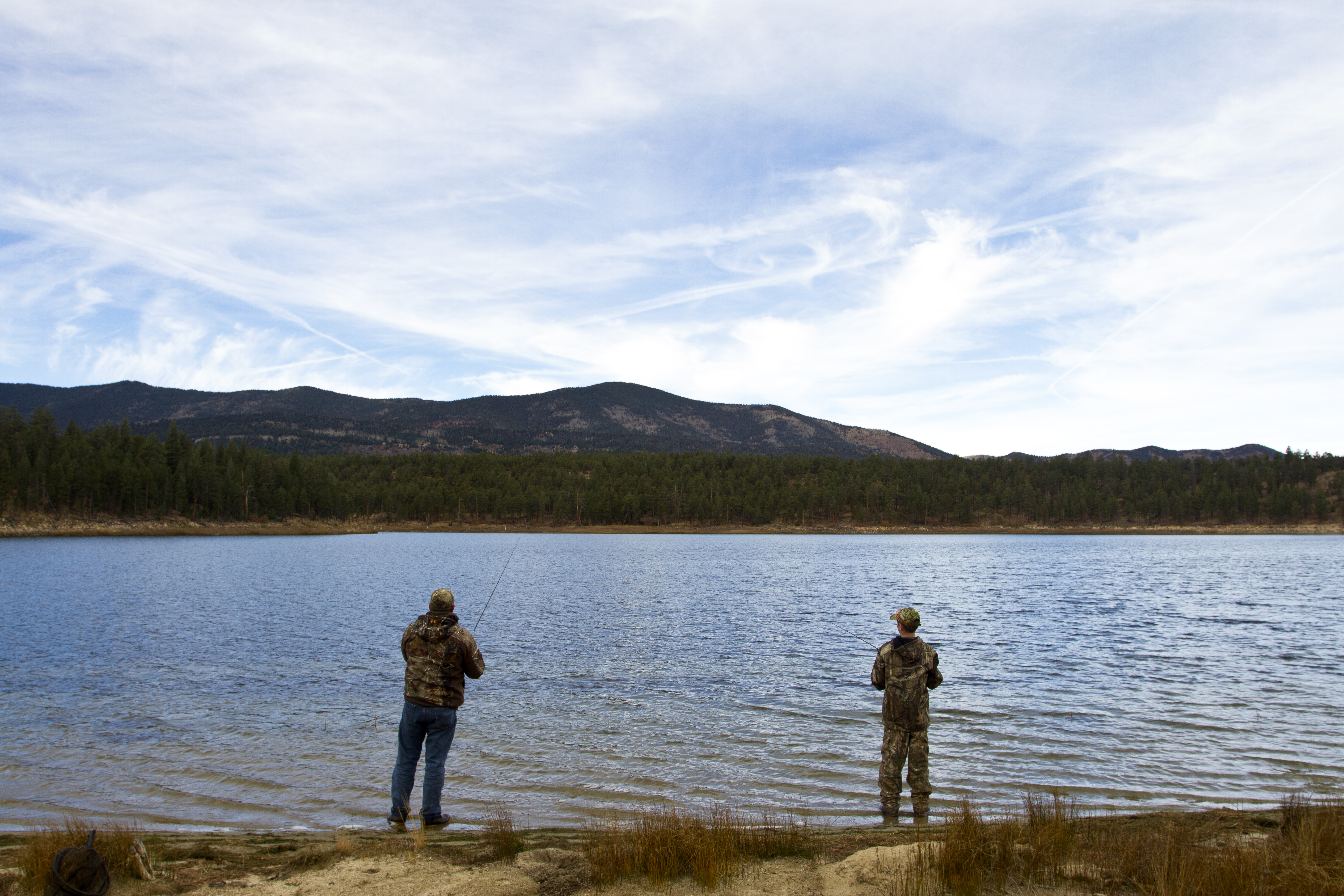
Following Fishing’s Lead
In America’s system of user-funded wildlife agencies, customers fund wildlife management, as well as the infrastructure of conservation, which includes healthy habitat, state-managed wildlife areas, and most hunting and fishing access programs. So keeping customers buying hunting and fishing licenses is very much in the interests of biologists, wildlife technicians, administrators, and even the IT folks who compile the raw numbers that feed the data dashboards.
As anyone involved in marketing can tell you, data drives decisions. If you know your customers’ buying habits and preferences, based on data from previous purchases, then you can successfully sell them their next widget (or elk tag). You participate in this data collection every time you use social media, whether you know it or not. Every click you make predicts with increasing certainty what your next click will be.
But one of the few segments of the modern conservation economy that eludes this reliance on marketing is license sales. That’s unfortunate, since so many large and complicated decisions rely on accurate license-sales information.
It’s a recognition that the fishing community has been aware of for years, largely because the nation’s anglers are a fickle population, less accustomed to buying annual licenses as routinely as hunters. Anglers respond to reminders, which is why one of the first dashboards deployed in the outdoors industry reported fishing participation.
“The Recreational Boating & Fishing Foundation has updated numbers on fishing licenses because they literally picked up the phone and called every state agency to ask them what their license sales have been,” says Liz Ogilvie, vice president and chief marketing officer of the American Sportfishing Association. You may know the RBFF for its pervasive “Take Me Fishing” awareness campaign that’s directly tied to its knowledge of participation trends.
Good data guides decisions like how to effectively recruit new participants, and then measure the success of those efforts. In the fishing world, strategies for recruiting new anglers and retaining existing anglers are a direct result of good information.
Information can guide other decisions. Because updated participation numbers are available for fishing, but not hunting, at least one major manufacturer has opted to direct new-product investment toward fishing, instead of hunting, says Curcuruto.
“The president of a well-known company told me they wanted to invest in a new product in the hunting category, but because they couldn’t get firm numbers on participation, they went in the direction of fishing, because at least they had data to guide their decision.”
The Southwick Solution
Based on all the tortured data that hunting licenses represent, a real-time census of hunter numbers is probably years away. But a concerted effort to build a first-generation dashboard is well underway, and will probably be available for public scrutiny later this year.
It’s being compiled by Rob Southwick, whose Southwick Associates is a market research, statistics, and economics firm specializing in the hunting and outdoor recreation industry. Southwick and partners won a grant from the Association of Fish & Wildlife Agencies (AFWA) to develop a tool that agencies could use to glean insights into license sales.
The first generation will go live later this spring. It will eventually compile data from 40 states that responded to a request for information from Southwick.
“The numbers aren’t final and they’re not refreshed in real time, but overall in the states that responded we found a 4.9 percent overall increase year over year from 2019 to 2020 in hunting participation,” says Samantha Pedder, CAHSS’s director of operations. This is confirmation of many anecdotes that suggested more people were in the field last year.
“This the first report that has most of the states’ license sales, grouped by region,” says Pedder. “It’s not conclusive, but it provides a snapshot that can guide decisions.”
The AFWA-funded dashboard serves another purpose. It may be the only device that detects this “Covid bump” in license sales. That’s because the standard yardstick that measures hunting participation is the U.S. Fish & Wildlife Service’s National Survey of Fishing, Hunting, and Wildlife-Associated Recreation. The last survey was released in 2016. The next is slated to be compiled in 2022 and released in 2023.
“It appears that license sales in 2020 were up initially, even before Covid,” says Pedder. “That’s hopeful, but until we have better data resources we don’t know. And if we don’t retain hunters this year and next, then the national survey will possibly not show an increase at all. Think of how much we can miss in that 5-year gap between surveys. And how much can happen in that time.”

